Wild pepper leaves, AKA Piper sarmentosum, are indispensable in the Thai appetizer Miang Kham, and useful in several other Thai dishes as well. Read on to learn more about these unique leaves and how they're used in Thai cooking.
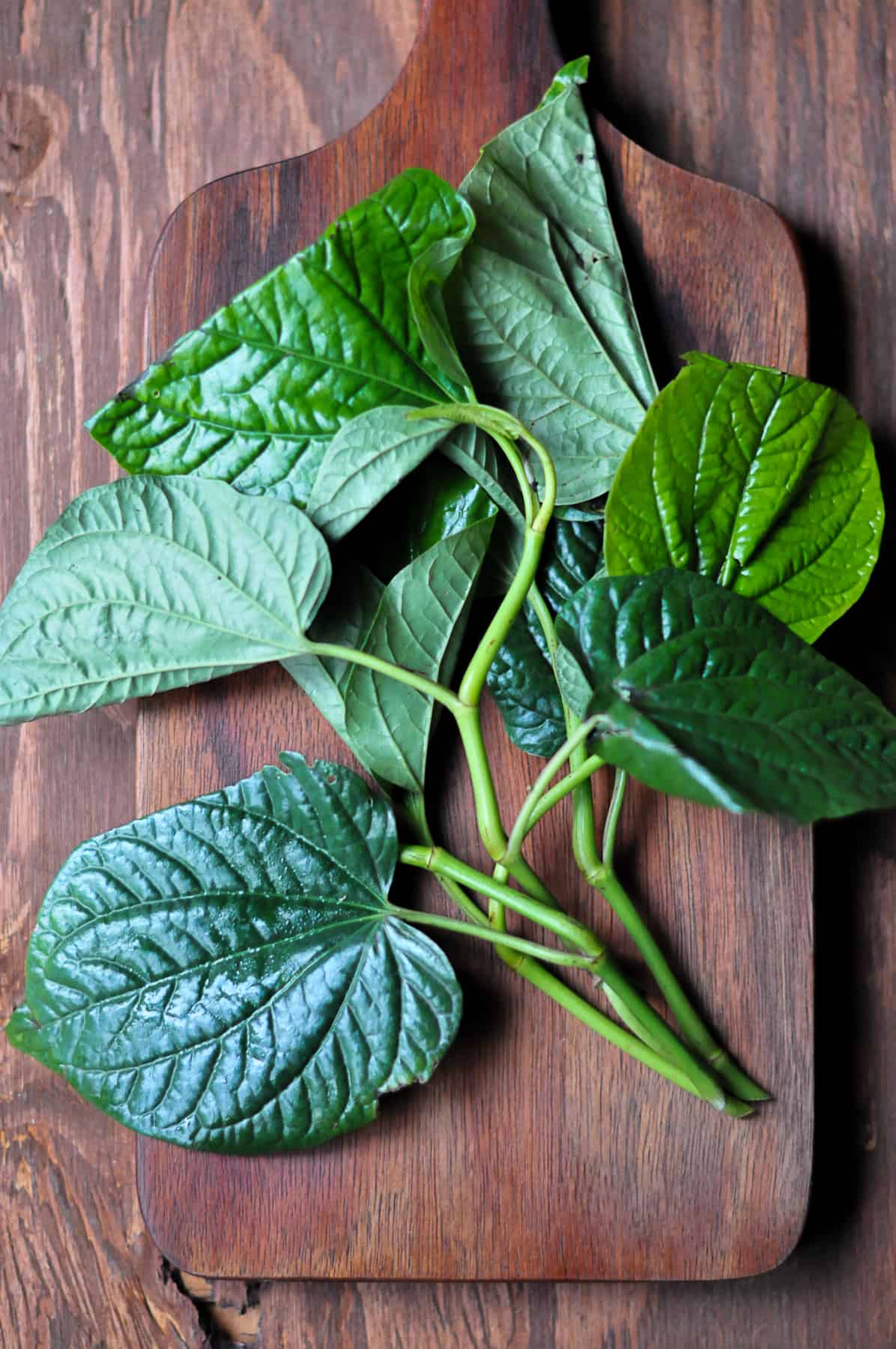
When my husband and I visited Thailand ten years ago, we took a cooking class in Chiang Mai to learn some Northern Thai specialty dishes. As we were cooking in the upper level outdoor kitchen, I noticed a vine with shiny green leaves climbing the wall. Upon closer inspection, I realized that they were wild pepper leaves, also known as Piper sarmentosum or Bai Cha Plu in Thai.
I knew these leaves from making the popular Thai appetizer, Miang Kham. I had to search high and low to find them where I live in the U.S., so I was thrilled to see them flourishing in the wild in Chiang Mai! As I've discovered since then, wild pepper leaves are commonly found in Southeast Asia, and are used in several other Thai dishes besides Miang Kham. Read on to learn more about these unique leaves and their uses in Thai cuisine.
Jump to:
What are Wild Pepper Leaves?
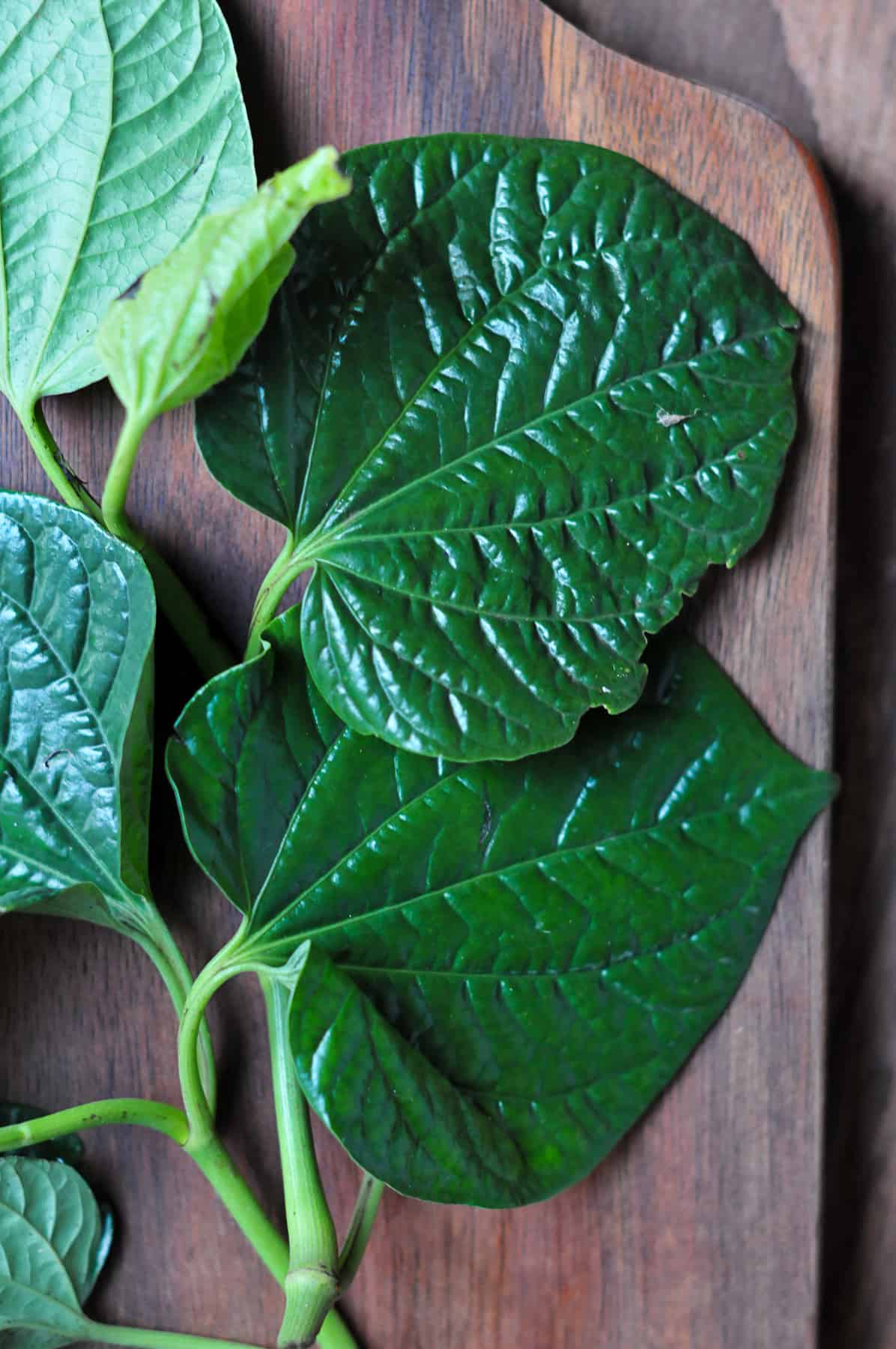
Wild pepper leaves belong to the Piper family, and are categorized scientifically as Piper sarmentosum. They are one of many different species of pepper plants that grow in Thailand. Piper sarmentosum have shiny, green, heart-shaped leaves that grow on a vine. They are fairly thin and tender, and have a distinct venation pattern. These plants thrive in warm, humid areas of Southeast Asia.
Wild pepper leaves are known by many names. As mentioned above, the scientific name for these leaves is Piper sarmentosum. In Thai, they are known as Bai Cha Plu (ชะพลู). They're also sometimes called Bai Miang, as they are essential to Miang Kham. In Northern Thailand, these leaves have additionally been given a local name of Pak Khae. You may also find them labelled as La Lot, their Vietnamese name.
In English, wild pepper leaves are sometimes also called wild betel leaves. However, this name has caused confusion with actual betel leaves, known as Bai Plu in Thai. Betel leaves are not used in Thai cooking because of their intense flavor and numbing properties. They are instead used for chewing and as a medicinal herb.
What do Wild Pepper Leaves Taste Like?
Wild pepper leaves have a spicy and slightly bitter flavor. The spicy taste lingers on your tastebuds and leaves you with an aftertaste of black pepper. They are definitely unique and hard to describe until you've tasted them. The leaves themselves are fairly thin and tender, making them easy to chew.
How are Wild Pepper Leaves Used in Thai Cooking?
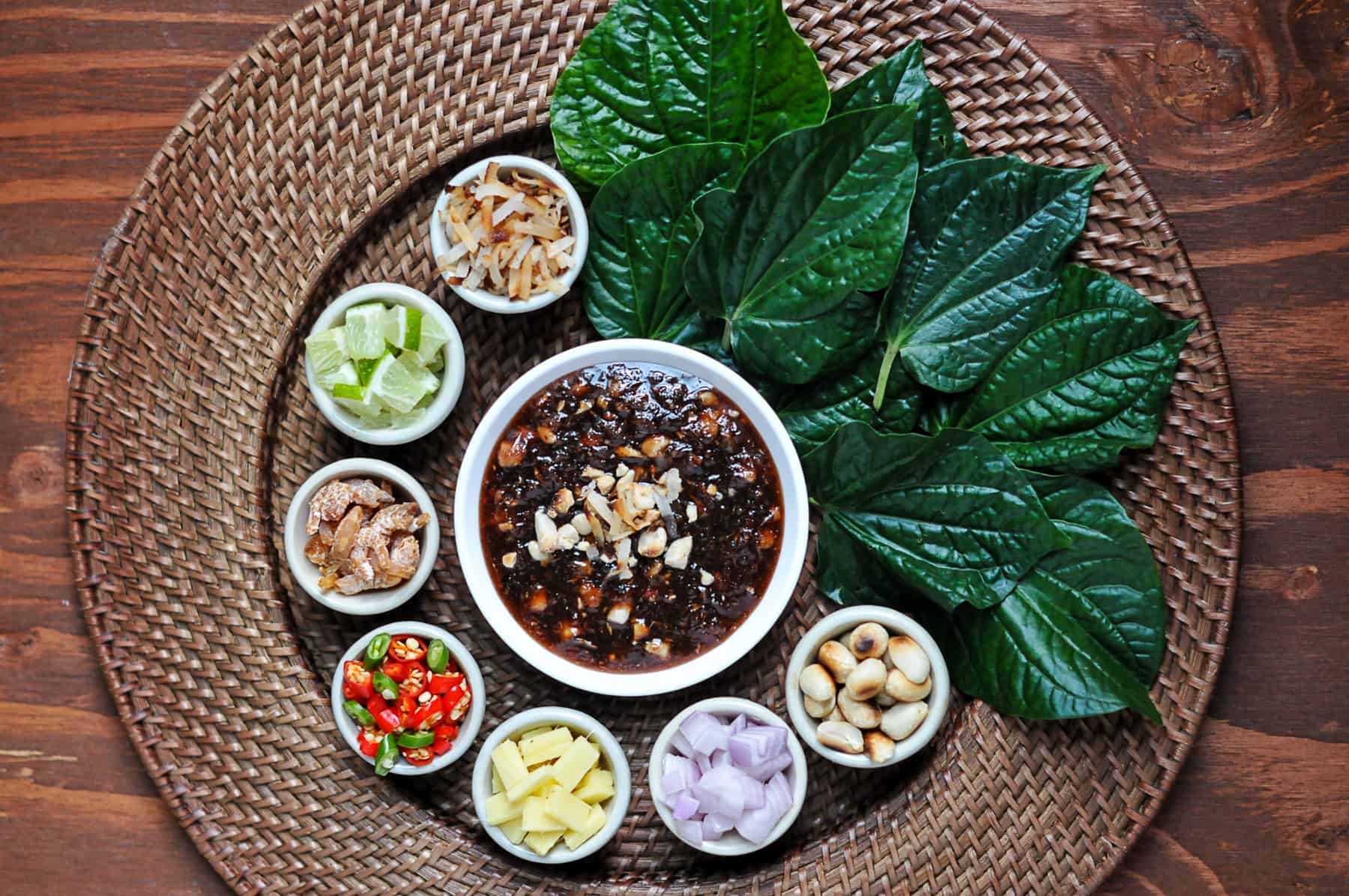
Wild pepper leaves are most famously used in the Thai appetizer Miang Kham. In this dish, small cubes of various fresh and toasted ingredients are placed in the leaf along with a dollop of a sweet and savory sauce. The leaf is wrapped up and eaten in one tantalizing bite.
Wild pepper leaves are used as a wrapper for other types of Miangs as well, such as Miang Pla Tu (Small Bodied Mackerel Miang) and Miang Pla Pao (Salt Crusted Grilled Fish Miang). They are served alongside various spicy salads, including Lemongrass Salad (Yum Takrai). These leaves are also shredded for use in the Southern Thai rice salad known as Khao Yum.
Bai Cha Plu are also added to various soups and curries, particularly those with seafood or gamey meat that could use a pop of spicy freshness. They are one of the main ingredients in Gang Khae, a Northern Thai curry that is named after the leaf.
Where can you find Wild Pepper Leaves?
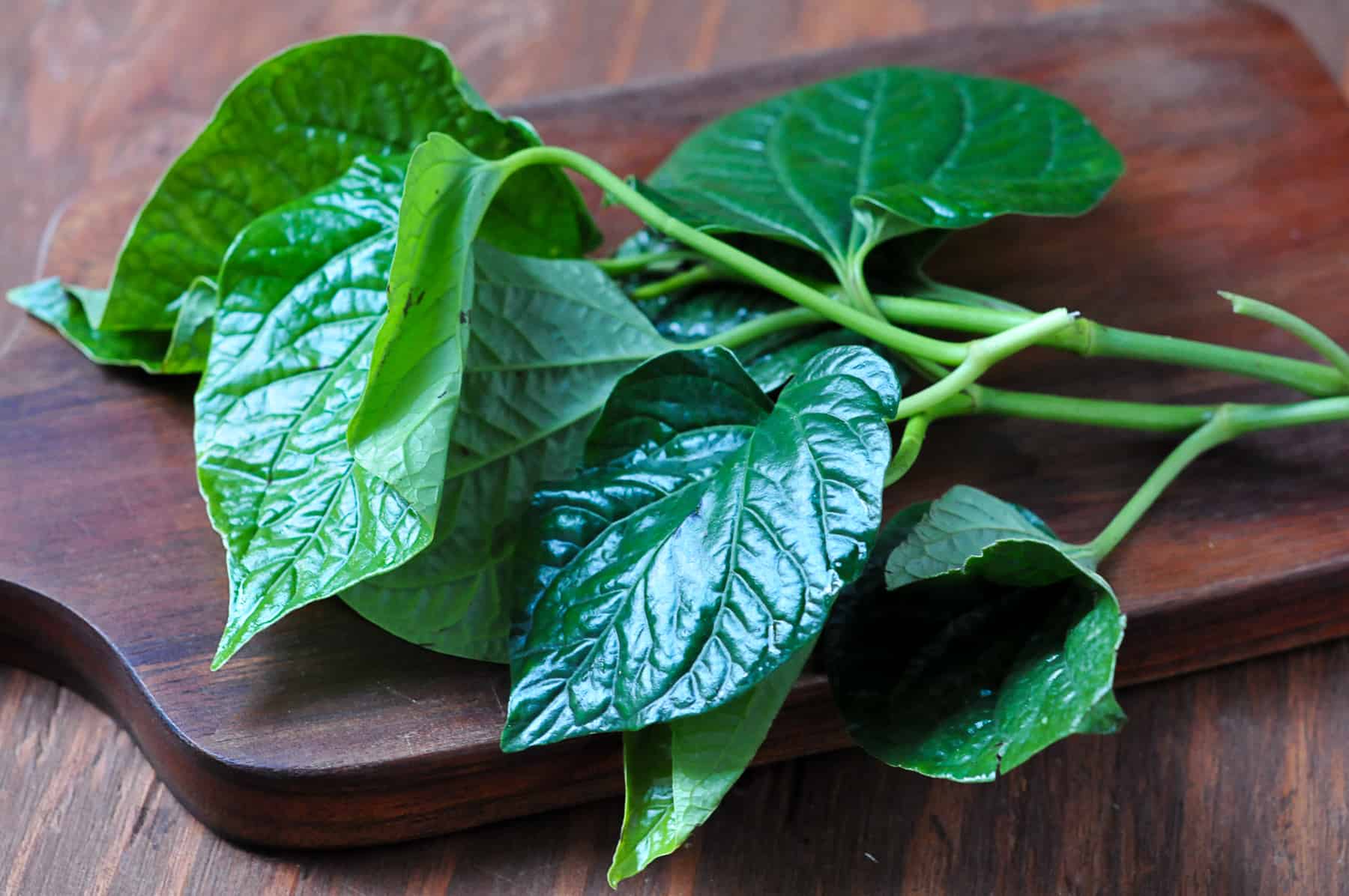
Wild pepper leaves can be challenging to find outside of Southeast Asia. You will have the most luck looking in stores that cater to the Southeast Asian population, especially during the warmer summer months. It doesn't look like the leaves are currently sold online. However, you could buy a plant if you'd like to try growing them yourself. They grow best in warm, humid climates.
Substitutes
There is no good substitute for the unique flavor of wild pepper leaves. Sturdy green leaves such as Romaine lettuce or Chinese broccoli (Gai Lan) can be used as wrappers in miangs and salads. However, they should be used with the understanding that they don't have the same flavor as Wild Pepper Leaves.
Although they look slightly similar and the names can be confused, betel leaves should not be used as a substitute for wild pepper leaves. Betel leaves are not meant to be eaten due to their intense flavor and numbing properties.
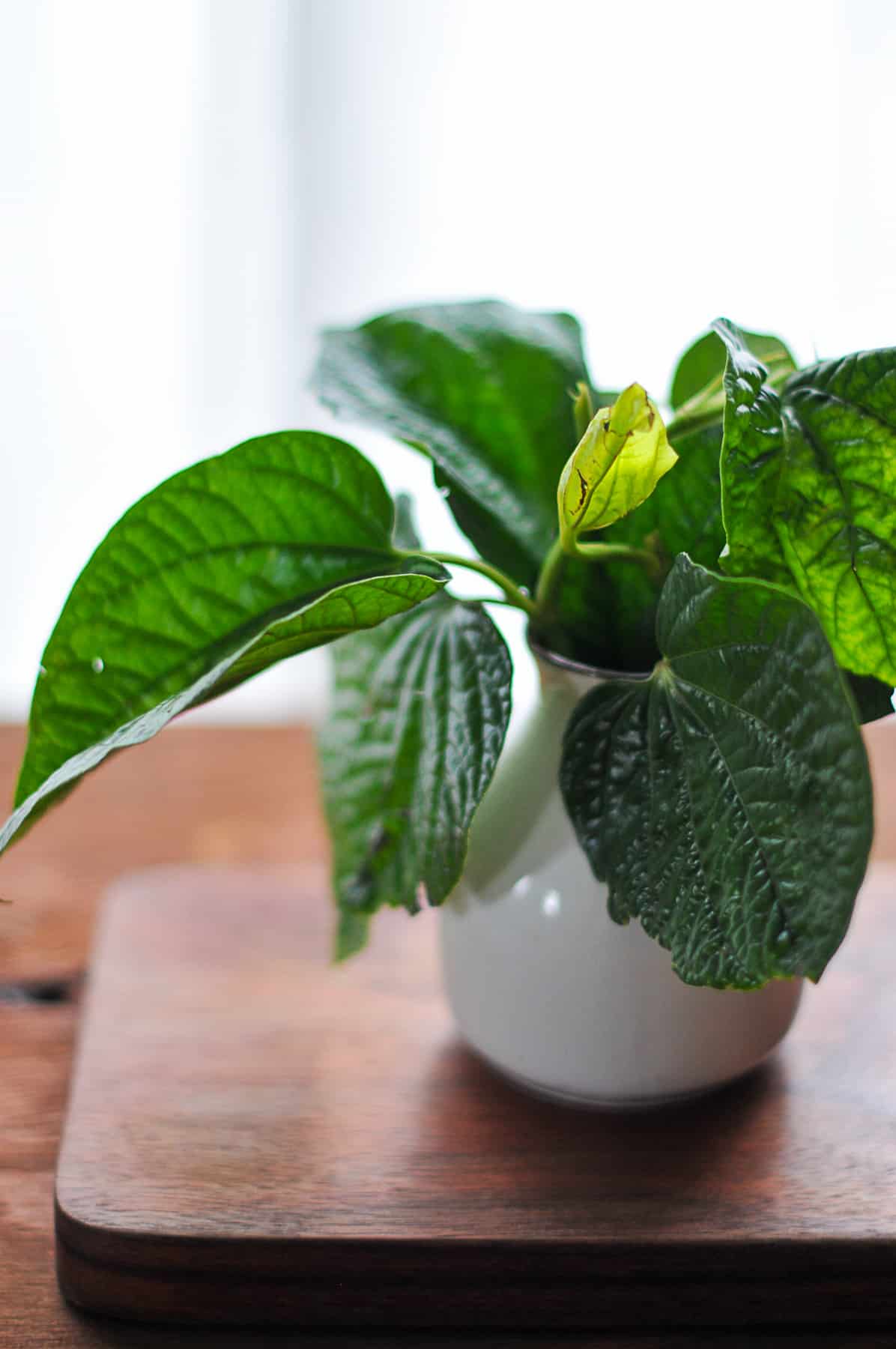
One day, we'll visit Thailand again and be able to find wild pepper leaves growing in the wild. Until then, I'll continue to be excited every time I stumble upon them here in my local Southeast Asian markets, knowing that a delicious plate of Miang Kham is in my future!


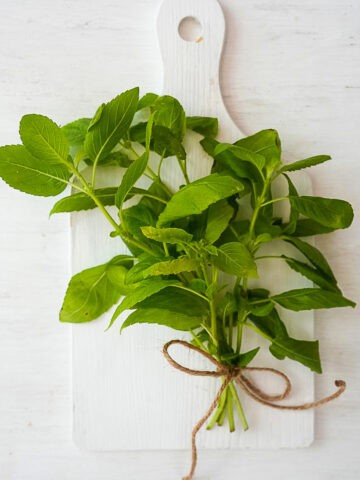
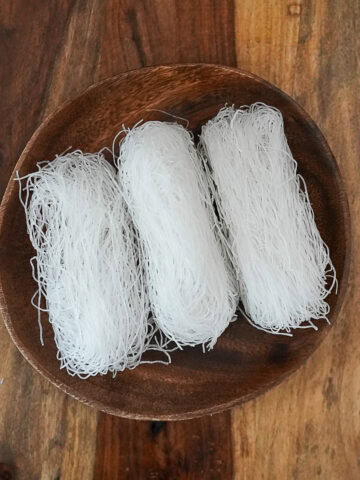
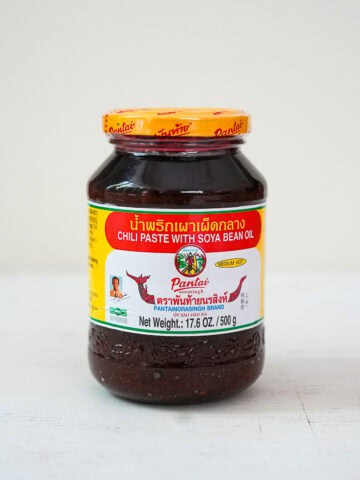
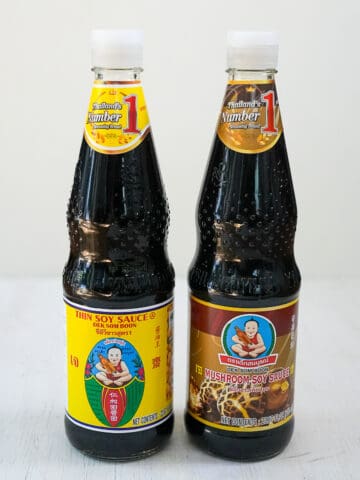
Leave a Reply